We prevent and monitor forest damage
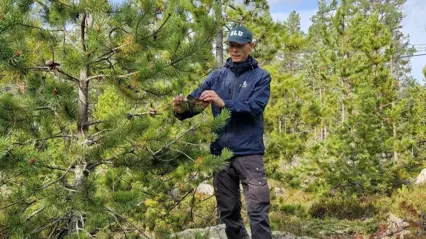
Analyst function
The analysis function is an important part of the SLU Forest Damage Centre. Our analysts investigate the risk for national outbreaks, compile knowledge and provide support in the event of outbreaks or other incidents.
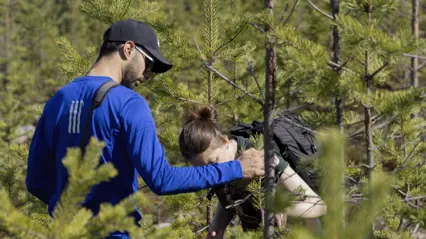
Research school
The SLU Forest Damage Centre's research school trains doctoral students to get a broad competence in forest damages. Here, you can network with industry and authorities. The research school is open to all doctoral students at SLU.
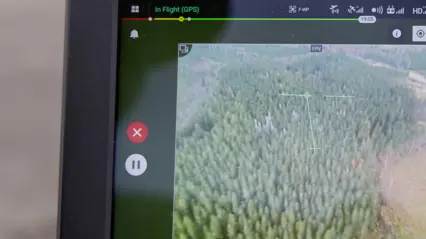
Monitoring of forest damage
We collect data on damage and populations or agents that cause damage in Swedish forest ecosystems. The data contribute important information to the analysis function within the Centre and governmental work.
Our projects
Newsletter
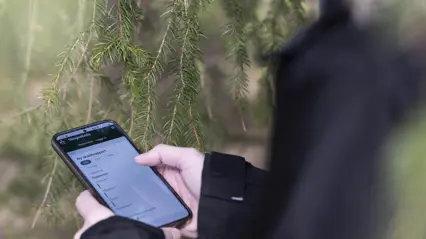
Skogsskada - Report Tool (swe)
Skogskada is a web-based tool for reporting and identifying forest damage. The tool helps to describe the damage situation in Swedish forests and can be used as a knowledge bank.
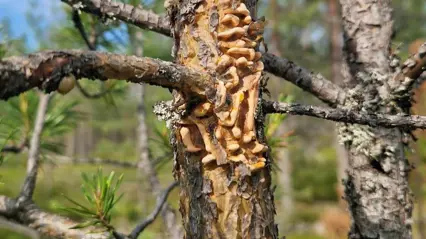
Tools and facts
Here you can find information and facts about forest damage. You will also find various tools that can help you. Here we gather knowledge about pests.
-
She’s fighting fire with data
What increases or limits wildfire likelihood and its severity? That’s what PhD student Sara Jones is trying to find out. She hopes that a better understanding of wildfires can help us manage forest in ways that that reduce risk. -
Unknown sources fuel boreal forests with nitrogen: "Really surprising"
Wildfires are vital for regrowth in boreal forests. But where does the nitrogen these recovering forests use actually come from? A new study on wildfire recovery sites across the boreal biome led by SLU, shows that the source of this vital nutrient largely lacks explanation. -
SLU Forest Damage Centre expands with new analyst
Teresa López-Andújar Fustel is SLU Forest Damage Centre's newest addition - she takes on the role of analyst in the field of wind and snow. -
Forest management can reduce the risk of large wildfires
Increasing landscape heterogeneity by reducing forest stand size and diversifying tree species lowers the likelihood of fire spreading. Avoiding ditching is also beneficial. -
He aims to develop innovative and cost-effective ways to monitor forest damage
Meet Fabio Carrer, a PhD student at the SLU Forest Damage research school. With a background in mathematics, he wants to develop statistical methods and make data collection on forest damage more cost-effective.